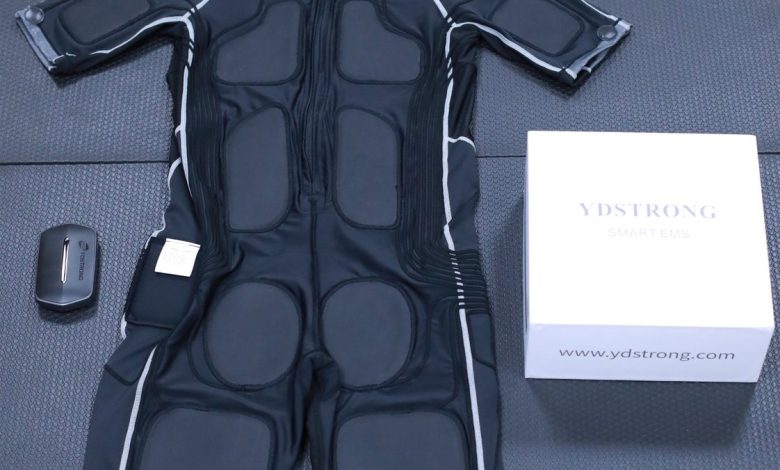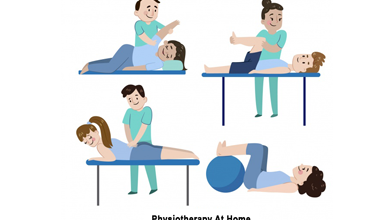EMS suit and its Technology

Human-made electrical devices replaced natural electricity from natural producers in the 18th and 19th centuries in several phases. The first phase involves applying static electrical currents produced by a friction generator, a concept called Franklin. Christian Kratzenstein was the first to use this concept medically, then followed by Benjamin Franklin. The second phase was Galvanism which involved applying electrical current directly to the skin through chemical means. The third phase, Faradism, involved inducing electrical current intermittently and alternately. This technique emerged in 1831 and was used to treat motor paralysis. Faraday’s electromagnetism studies also contributed to the adoption of EMS Suit in London hospitals. In 1860, The Medical Battery Company Limited launched the electrostatic battery belt, similar to the current EMS devices. The fourth phase, d’Arsonvalisation, utilized high-frequency currents.
History of EMS Suit Technology
This technology was discovered more than 2000 years ago by Egyptians. They discovered that some type of fish, especially the Nile catfish, ray fish, and torpedo fish, could treat pain by emitting electrical impulses. Later, the Greeks and Romans also started using the electrical properties of fish to treat various ailments. This aspect prompted people to start researching this subject. In the 18th century, Altus Kratzstein, a German physician, wrote a book on electrical therapy, suggesting that electrical currents could manipulate muscles. In the same century, Luigi Galvani, an Italian physician, and physicist worked on bioelectricity in animals. He conducted experiments that involved allowing electrical current to flow through a frog’s spine. He noticed the currently controlled muscle contractions on the frog’s legs. The studies performed in the 18th century inspired other individuals, such as writer Mary Shelley, who formed a foundation of their work. For instance, Shelley used the idea of manipulating electricity to restart life or stimulate something, commonly known as Galvanism, to develop her famous piece, Frankenstein.
Potential Benefits of EMS
Potential benefits of EMS are medical-related, cosmetic-related, and performance-related. Medical-related advantages include relaxation of muscle spasms, muscle re-education, increasing motion range, increasing blood circulation, preventing disuse atrophy, and immediate post-surgical muscle stimulation. Cosmetic-related benefits include cellulite reduction, body toning, and muscle building. EMS reduces cellulite by increasing muscle mass and tightening connective tissues. This aspect enhances circulation, improves metabolism, and burns fats. It also promotes body toning and shaping by encouraging endurance training. EMS builds muscles by engaging almost 30% of muscles and enabling more muscle contraction. Consequently, great muscle contraction promotes muscle growth. Performance-related benefits include muscle stimulation, rapid strength within a short period, improved muscle endurance, deep stabilizing muscles, and improved speed and agility.
The use of EMS devices also increased in sports training in different forms. They are also available in various strengths. Maximum strength is similar to weight training, while endurance and recovery reduce the likelihood of muscle soreness. Explosive strength is also available for individuals taking part in fast-movement sports activities. Bodybuilders and sports trainers use EMS history to help in training, relieve ailments, and strengthen and tone bodies. Learn More about how EMS Works.
They had electrodes that connected to the skin with adhesive pads and came in form of shorts, shirts, or belts. Since then, innovators have been developing more appealing and effective EMS systems. Doctors continue to use them for various reasons, including improving blood flow and relieving pain. They also use them to help those who are paralyzed. Furthermore, chiropractors use them to relax muscles for those with back injuries to hasten the healing period for such patients.




